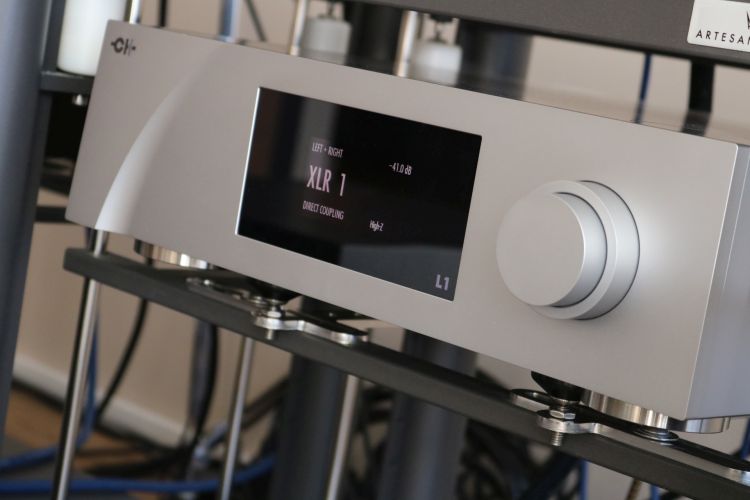
Review samples supplied by CH Precision
Retail Price in the EU (incl 21% VAT): approx 31.000 euro
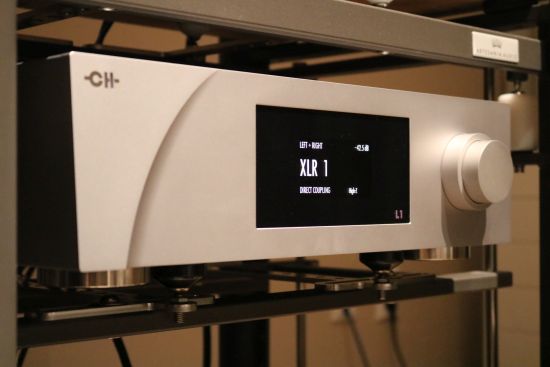
In essence, it could be argued that a preamplifier’s main function should be to allow multiple inputs to be switched and volume-controlled while being inaudible and the L1 succeeds in realizing this ideal to a larger extent than I have heard any preamp do so far. If that sounds like faint praise I should add that, in my opinion, no active preamp is truly inaudible. After all, you are inserting extra cabling, connectors, and active stages into the signal path. What any preamp can hope for at best is to approach as closely as possible the integrity of the original signal. A popular means to achieve this is to minimize the signal paths both in component count and signal path length.
I’ve owned preamps that take the short signal path ideal to extremes, for instance, the Jeff Rowland Synergy that had its entire circuit on a tiny PCB that fits in your hand with basically only a couple of IC’s and a set of input/output transformers. This preamp was highly refined, the antithesis of dry and excelled in treble airiness but it was also overly smooth and relaxed. In retrospect, while it was highly refined, it was not particularly transparent. Much later, I owned the Jeff Rowland Corus which used a large ceramic PCB with even fewer components, basically only input transformers, a pair of OP-amps with a reportedly even shorter signal path than with the Synergy, a volume IC and output transformers. This preamp was considerably more articulate and transparent than the Synergy but as a comparison with other preamps would later establish, a more direct, more dynamic, and timbrally even purer sound was possible. But no preamp I used so far was actually inaudible. All of them possess a certain house sound, a certain character.
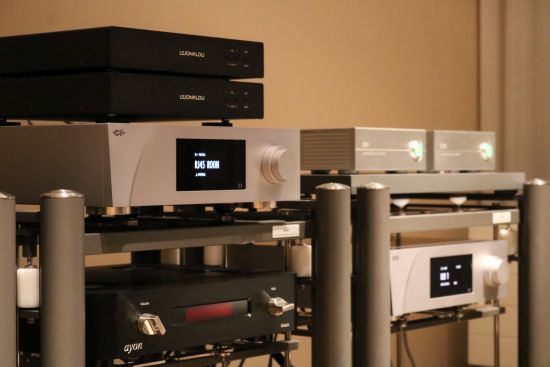
Although electronics will always provide an approximation of the real event, of course, the aim should be to identify those that add the least of their own character while avoiding the pitfall of lacking expression and becoming essentially lifeless.
Naturally, an analog preamp is a prerequisite when there is a traditionally-equipped turntable in the system. But besides this, a preamp also forms a central connection point for multiple source components and it avoids the loss of resolution which occurs when using digital volume control.
The quality of a digital volume control is highly dependent on how loud the music is played. The C1 volume control is a hybrid system where coarse 6dB steps are applied in the analog domain while fine 0.5dB steps are applied in the digital domain. The C1 is equipped with two of these coarse steps (at -6 and -12dB) to provide three analog ranges. If music is listened to with a setting between 0 and -12dB, then the C1 is used in the best conditions. Below -12dB on the C1 display, lower volumes are applied in the digital domain? This means that music reproduction will suffer from a loss of resolution and dynamic range and the lower the volume the more noticeable this gets. With an analog preamp such as the L1, the C1 becomes a pure DAC and its volume control is fixed to full scale, maximizing its performance.
Finally, an analog preamp also provides an ideal input- and output impedance, allowing even source components with low-power, high-impedance output stages to perform to the best of their ability while driving long interlinks and insensitive and/or low-impedance power amp inputs perfectly well.
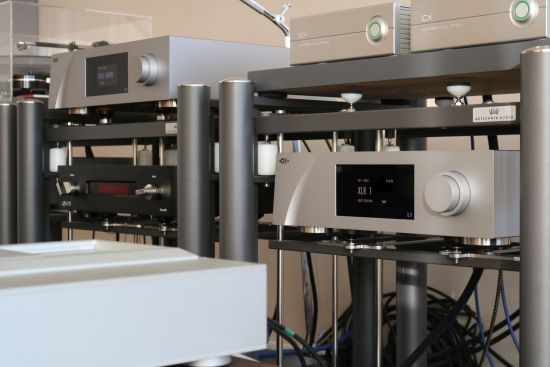
Functionality
Naturally, the L1 performs all the basic functions that are expected of an analog preamp but it adds significantly to this with a very wide range of settings that offer the user complete freedom in controlling how the signals are treated. Volume control is done using two R-2R ladder networks per channel in balanced mode. Tight tolerance high-grade metal film resistors are used as well as fast-switching, distortion-free analog switches to precisely and silently adjust the listening level in precise 0.5 dB steps. All of the L1’s parameters are accessible via the front panel display and the unit’s 3D multi-function rotary control as well as very comfortably from the listening position via the Ethernet-enabled CH Control Android application on a tablet. The inputs can be freely labeled, set to variable or fixed and unused inputs can be disabled. The L1 also offers the option to select between 600 Ohms or 100 kOhms for any of the 4 balanced inputs and between 300 Ohms and 50 kOhms for each of the 2 single-ended BNC and cinch inputs. The absolute phase and the gain can be set for each input independently. The output is available on XLR, cinch, and BNC and all these connections can be used simultaneously.
Some source components can have DC on their outputs. Normally, this is carried over and can cause issued downstream. Further, DC voltage in an R2R resistor network circuit topology (the L1’s volume control) translates into audible clicks in the audio signal when a volume change is applied. I’ve actually heard this phenomenon before in the past but never realized that DC was the cause of it. The L1 features an advanced DC offset cancellation system that prevents audible clicks from happening. The system works in parallel with the audio path and leaves the audio content unaltered, but DC free. In addition, the L1 even offers a “Calibrate” option to analyze the upstream device’s DC level to best adapt its DC-cancellation scheme. If the source exhibits very high levels of DC at its outputs, the L1 will reach a state where it can’t counteract the inherited DC anymore. In this case, the front panel display indicates that it recommends engaging the high-grade polypropylene DC blocking capacitors. Of course, this is a recommendation only and the user can decide whether or not to engage the capacitors on this particular input or any other input. Finally, the L1 can even measure and calibrate its own circuits to compensate for the presence of DC in any stage of its signal paths.
Expandability
Like all CH Precision products, the L1 can easily be upgraded via USB flash-drive firmware. Also, like all CH products, the L1 can work in several modes. The default mode is Dual Monaural, where the L1 holds two channels in a single chassis. This is how the L1 was reviewed here. The first optional expansion mode is Monaural, where two L1s work together, each one processing a single channel, one board in each chassis. The second option is Monaural Extended, where two L1s work together, each one processing a single channel, however with two boards in each L1 chassis, allowing twice the amount of inputs. Finally, all these configurations can be further enhanced by adding one or more X1 External power supplies. (review forthcoming)
Short signal paths
Contrary to expectations when looking at its incredible flexibility, the signal paths inside the L1 are actually as short as they can be. The high-bandwidth Class-A circuit is fully symmetrical and is built using only discrete components. There are no IC’s or Op-Amps in the signal path. Each channel’s electronics are located on individual circuit boards located in a compact separately shielded section right next to the L1’s connector side.
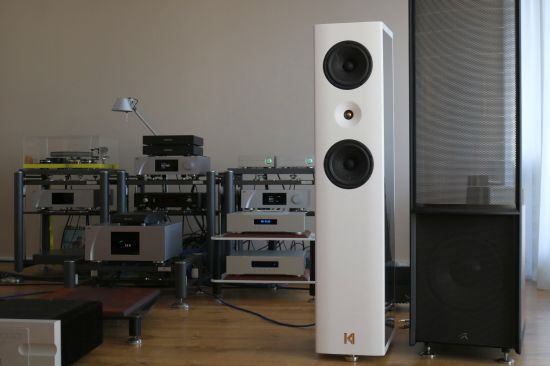
Listening
At the time of this review, I had Martin Logan ESL15A’s, Magico S1 MkII’s and the Kroma Audio Carmens set up which provided a great opportunity to really get to the bottom of the L1’s performance.
In addition, I have taken the L1 to my good friend Niels to also assess it in the context of his system. Naturally, I gave the L1 plenty of time to acclimatize and serious listening started only after it had been powered on for several days.
Coming from the C1 DAC connected directly to the A1.5 amp directly via a CH Precision Balanced Link XLR cable and adding in the already warmed-up L1 preamp using another CH Precision Balanced Link XLR cable, the sound remained utterly transparent, with impeccable resolution. In fact, the low-level detailing was now even better than with the C1 by itself, which is especially noticeable in the treble which was now superbly refined, airy, and fluid. The bass through the L1 retains all the speed, articulation, and control, but is more light-footed and less robust, less “square”, if you will. On the surface of it, this might point to rounded transients but that is certainly not the case. There is most definitely no blur or rounding with the L1. What happens is that the negative effects of the digital volume control are now gone and this presents as a slight “fluidifying” that also has the effect of making the bass a little less granite-like. It’s the age-old direct DAC versus preamp proposition that was promoted in its day by Wadia Digital. In their view, nothing could beat the direct connection. In my view, this was true, but only for certain aspects of the sound such as, you guessed it, the bass.
In any effect, the slight overall fluidifying is something that I hear with all analog preamps and the L1 is without a doubt the cleanest and most transparent preamp so far. In all this talk of bass and treble, I’d almost skip the L1’s midrange but that’s because it’s so fabulously pure and unaltered that it simply does not call attention to itself.
In terms of the frequency curve, the L1 seems to be ruler-flat. I have not measured this, but in all my comparisons it became clear that the L1 easily has the lowest sonic footprint of all the preamps that I have used thus far. The preamp is extremely neutral with only a slightly more light-footed and tonally mildly less saturated touch than with the C1-direct.
Very importantly, with very clean audio components, sometimes, a by-product can be that the sound becomes overly analytical, or worse, edgy or hard. This does not happen with the L1. The preamp lets you hear very deeply into the mix, and in that sense, sound may be analytical but it is never clinical and the L1 kost certainly never adds any edge or hardness.
Sometimes, when adding a component to the chain, even when a preamp is superbly neutral, the sound can attain a more electronic signature but that also did not happen. The midrange has absolutely no added coloration and remained every bit as realistic as with the direct C1 route. And most importantly, the musical message still came through loud and clear.
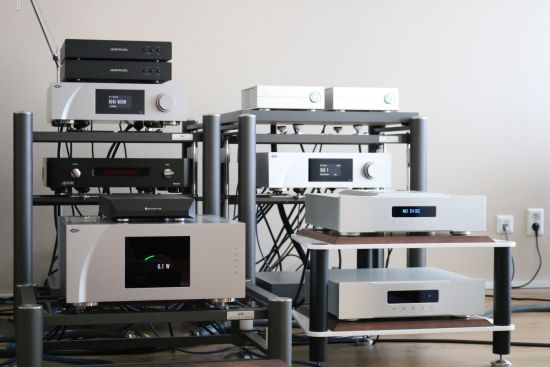
With the L1, the sound is tonally slightly more light-footed and airier but with a very involving sense of flow. With the C1 DAC connected directly to the A1.5 amp, the sound was indeed more sonorous and tonally fuller but also comparatively drier and more matter-of-fact. As a practical example, with the L1 in place, I was much enjoying the acoustical bass of a Diana Krall track and found that I could perfectly follow all of the instrument’s notes while the rest of the music wrapped around me in a very involving manner and I found myself drifting away into the music. When switching to the DAC direct, the bass plucking became more immediate but the sound was also drier and there was less flow and less of that engaging wrap-around soundstage effect. Was the former more engaging but the latter more realistic? Not knowing what the original performance sounded like in the studio, this is impossible to determine and it remains a matter of interpretation. I will say that the emphasis with the DAC-direct route is more on the percussive elements while with the L1 in the chain the emphasis is more on the flow and the overall musical message. And the more I listened to the L1, also as a central part of other reviews, the more I came to rely on the predictable results due to its even-handedness and utter neutrality.
At some point, I paired the L1 with the Aqua Formula xHD DAC, not a component known for sounding rich or warm. This made me fear for an overly lean result but the combination made music in a manner so effortlessly fluid and engaging and yet so beautifully hi-res that it formed the basis for several other reviews.
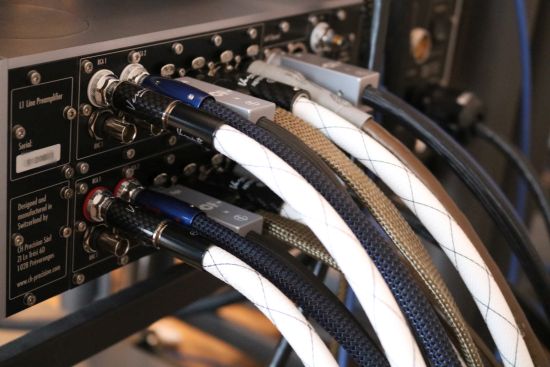
Cables
As the L1 is so incredibly uncolored, it perfectly allows other components’ to shine precisely as they are. The same goes for all the different interlinks that I tried, each one sounding as different from one another as I know they do. The L1 works just as well with balanced interlinks as it does with cinch cables but because I have a much more extensive XLR cable collection, that’s what I used predominantly.
While I am verging more and more to a sound as transparent and neutral and as natural as possible and, for that purpose, the CH Precision Balanced Link remains the most neutral cable that I tried, arguably even better results were obtained when using Vermouth Reference interlinks. Or maybe I shouldn’t say better but rather more pleasing. The Vermouths retrieve as much detail as the CH Balanced Link but if the quest is to obtain a sound as unadulterated as possible then the Balanced Links remain the prime choice. But if one seeks just a smidgeon extra harmonic richness and sonorous solidity, then the Vermouths work fabulously. These cables enrich the sound in a very natural manner while avoiding sounding in any way overly polished.
I tried Cardas Clear as well and while I like this cable’s fluid transparency and still use it predominantly when playing analog records, ultimately, I find that it sounds too polished and ever so slightly rounded on the transients. And so, I don’t use it with digital sources. The Final Touch Audio Ganymede, finally, sounds midway between the Cardas and the CH Balanced Link, which, again, is precisely how I have found it to sound in all the prior combinations. This cable has a sound that seems to be soft at first but then opens up to reveal an immensely transparent and ultra-refined sound that makes it so easy to slip away into a dreamy state while listening to music. Ultimately, the L1 does not seem to have a preference for any one cable of another. The decision, therefore, lies entirely with the end-user.
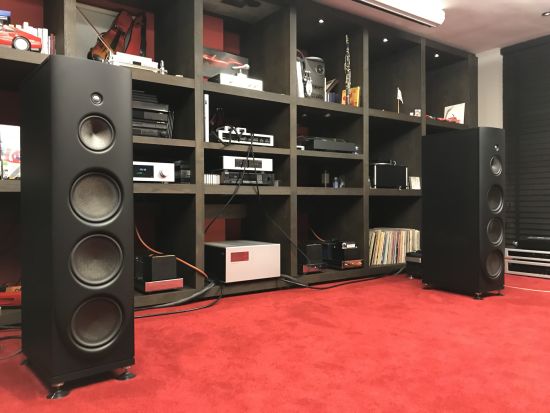
A change of scenery
So far, I have not been able to compare the L1 to another reference-class preamp. So, I took the L1 to my audio buddy Niels to hear it in his system and to compare it with his Spectral DMC-30SV preamp.
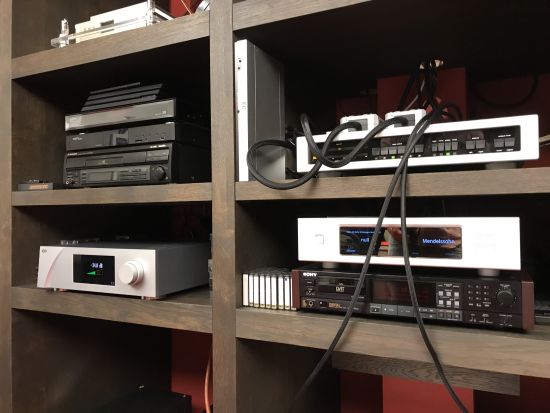
Set up under identical circumstances (same power cable, same interlink, same support type) with music sourced from an Aurender S10 feeding a Zanden 5000 Signature DAC and using the Soulution 711 power amp with Magico Q5 speakers, it was immediately evident that the L1 is a full-blooded CH Precision component. Just as I heard it with the CH A1.5 power amp in comparison to Niels’ Soulution 711, the L1 absolutely excels in transparency and accuracy and by resolving subtle sonic clues more instantly and more clearly.
Especially soft percussive sounds are startlingly realistic with the L1 but without adding any hardness. The Spectral preamp, by comparison, is less articulate and offers a richer, rounder, and smoother sound with a darker overall balance that happens to work well with the extremely finicky Q5’s. While some listeners may accuse the L1 of being overly analytical when coming from the warmer and richer sounding Spectral, the L1 is actually even more fluid and refined and actually extremely highly resolving. That’s not the same as being clinical. The L1 just reveals more of what the source sounds like while overlaying virtually no character of its own.
Conclusion
No preamp that I used so far has been truly inaudible. All of them possessed a certain house sound, a certain character. But not so the CH Precision L1. It is easily the most transparent preamplifier that I have heard. It is extremely revealing but it does not obstruct warmth, smoothness, or richness. If it is in the recording, it will be relayed.
More impressively, that the L1 manages to be this extremely transparent, precise, articulate and refined while offering absolutely unmatched flexibility makes it a reference preamp to recon with. And that it captures this performance and flexibility in such a beautiful design really puts the cherry on top.
Update 23-06-2022
My initial experiments with the L1 when I reviewed it in 2020, as described above, unveiled that the preamp added virtually no character of its own and it had superbly tight and precise bass but with less weight to the bottom end than with the DAC direct. Alas, in my then-system, this was not ideal. As I know now, the right-hand side window area of my listening room canceled out a lot of bass due to phase issues, effectively making the left speaker responsible for a big chunk of the low frequencies. With this issue now addressed via window-stiffening bars and other acoustic measures, my room behaves much more linearly and actually makes the DAC direct route sound a little course and dry.
Whilst pondering the merits of preamplifiers in generic and having been impressed after reviewing the Aries Cerat incito S, I decided to start a broad investigation to dive deep into the influence of analog preamplifiers in general and their merits in an increasingly “Digital” world. And, of course, it was only fair to give the L1 another go.
Read all about it in the article Analog Preamplifiers in a Digital Streaming World.
I won’t repeat all my findings here, but with my room now more balanced, the bass leanness gone, and a need for more refinement but without adding any coloration, this quest has resulted in my buying the L1 and I have been extremely happy with it as a fixed part of my main system. Needless to say, the L1 is an HFA Favorite!


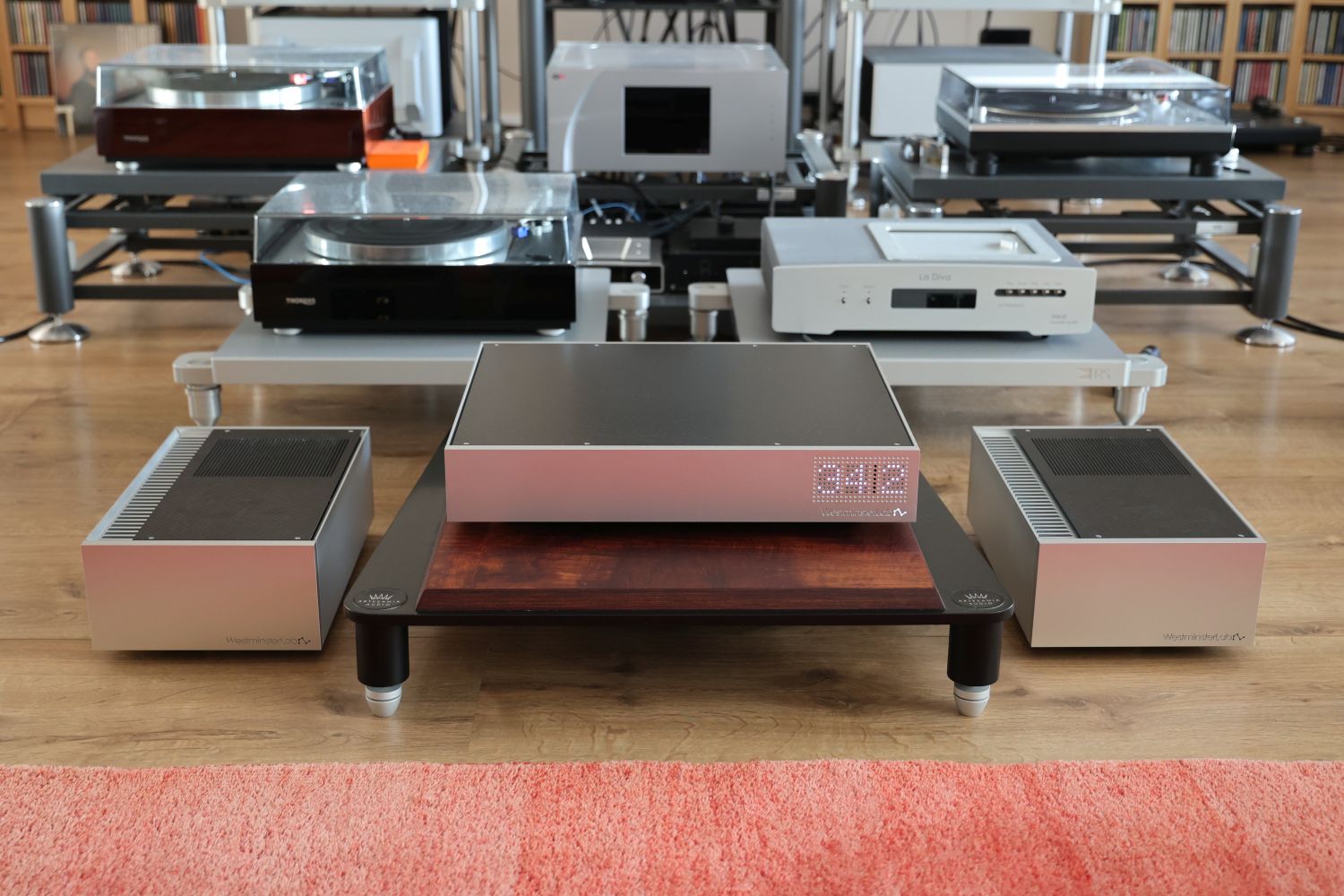
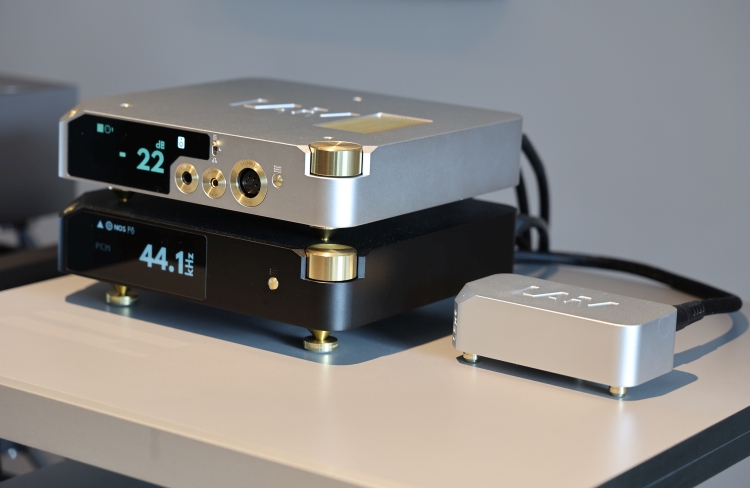
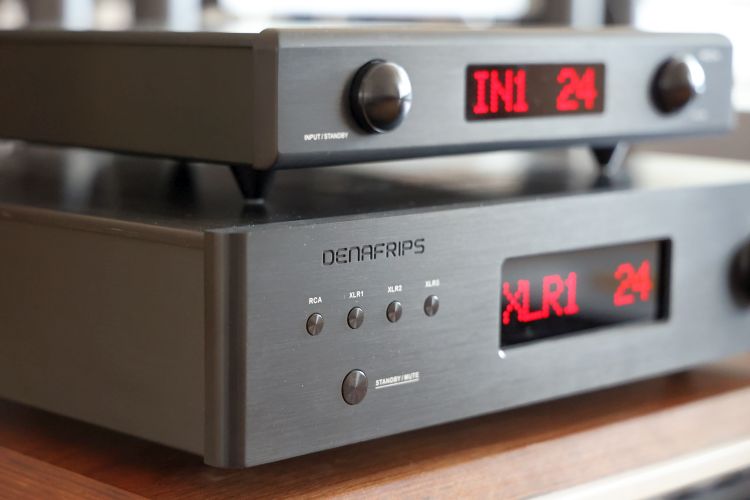
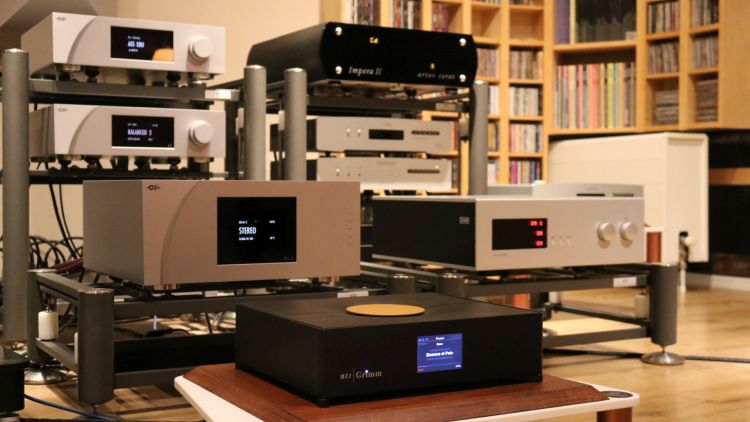
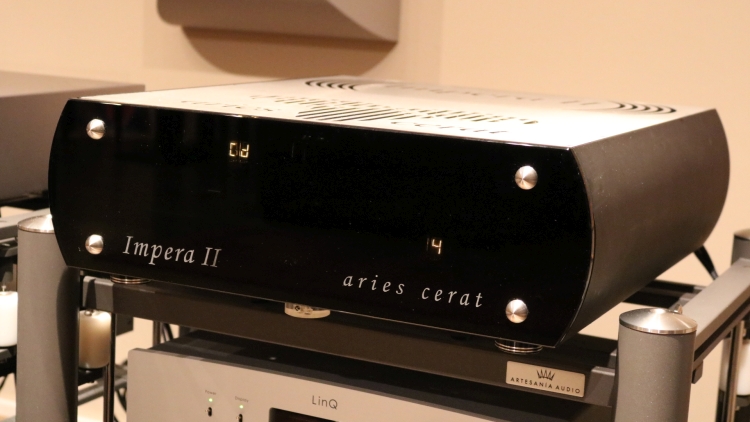
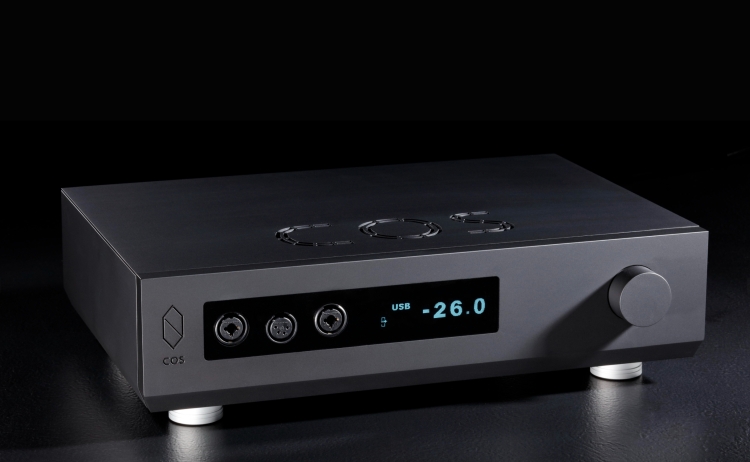
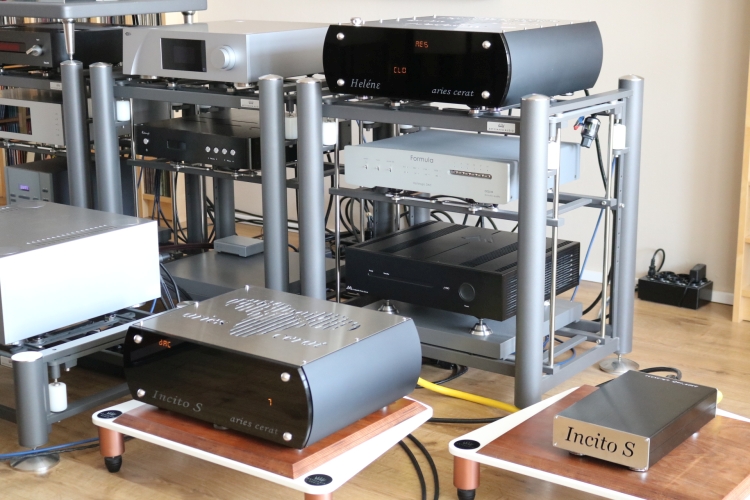
Very interesting review and has left me in a quandary. I have a digital only system, C1 and active speakers with no other components, so it perhaps seems pointless then buying an L1?
I would say “not really required” for a digital-only system. However, it does change the perspective from sonorous and a little dark to a little more fluid and light-footed which may or may not suit you better. I am also reviewing the X1 which may be a more sensible addition for you. This unit adds a big amount of imaging depth and further enhances the C1’s full-blooded character.
I am going to demo both the L1 and X1, see how they both fair, but not together……I need to reign this enthusiasm in before the wife finds out!
Ah, hahah, yes, I understand:-) I think you’ll be pleasantly surprised at what the X1 can do for the C1 but I would also try them all together as the X1 transforms not only the C1 but also the L1. In any event do let me know how you get on.
Christiaan, when is your review (verdict) on the X1 due?
It’s a work in progress, as are many reviews that I work on simultaneously. I have now planned on finishing the X1 review after one more review that will appear first. So, should be very soon:-)
Hi Paul, the X1 review has just been published.
Thanks again for all your thorough reviews Christiaan!
Even if you did not test it do you think that the L1, with the X1 giving a fuller and richer sound as I understand,would be a good match with the Soulution 711 amp ?
Thanks
Alex
Also I forgot to ask, any significant differences between the unbalanced/balanced inputs/outputs ?
Hi Alex, I think the L1 matches well with the 711 even without the X1, but as I found at a friend’s place and in his system, if this pre/power-combination is then paired with such extremely precise and unforgiving speakers as the Magico Q5’s then this makes for an extremely refined, detailed and transparent, if very analytical, sound. Adding the X1, I think, will balance that out perfectly.
I did compare the L1’s XLR- and cinch inputs using same brand and model XLR/cinch sets from two brands, but found via repeated tests using various components that there are inherent differences between the XLR- and cinch versions of these cables. Nevertheless, taking these known differences into account, I can’t say that I heard any differences between the preamp’s cinch and XLR inputs, besides those that are caused by differences in the topology in the source component’s output stages. Because of this, some sources sound better via one or the other but that’s just a matter of doing a quick test for yourself.
Thanks for your answer Christiaan.
My speakers (YG ) are as well a bit on the transparent/unforgiving side but probably (much) less than the Q5.
For the inputs some of my sources are optimized unbalanced , some balanced and same for my amps ( headphone amp and stereo amp)
Alex
Hi Christiaan, have you considered getting hold of a Soulution 725 pre amp to see how it sounds, and especially how it compares to the L1, as this is the best pre amp you have heard to date?
The thought had crossed my mind but I’d have to arrange both at the same time and given that they have both been out there for some time there is not a lot of incentive for the manufacturers or distributors to help arrange such a comparison. But maybe sometime… you just never know what I run into next:-)
Hi, I am thinking about buying a new amplifier. I could get the CH Precision L1 for a very good price. However, it seems you prefer using C1 as preamp. Right? The sound seems to be little thin but high resolving. Right? I understand, only with X1 you really like L1? Is the L1 without X1 little bright? After carefully reading your review I think the Soulution 525 might be the better buy (compared to L1 without X1). Many thanks!!! Regards, Oliver
Hi Oliver, the C1 has a robust sound with solid bass and an overall well-balanced, maybe very slightly dark sound. What you say about the L1 is more or less correct although it is definitely not bright. I would say it is very linear but a tad lean in the bass and lower midrange. Another way of viewing this is to note that the C1 is a little more sonorous than the average DAC. A comparison with the Aqua Formula xHD would indeed appear to confirm that. With the X1, the L1 gains smoothness, liquidity and richness, more so than the C1 on its own. Alas, I have not heard the 525.